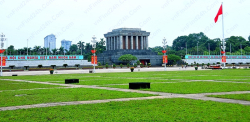Cultural Marvel: The Golden Bell Theater in Hanoi
Listing Details
Hanoi, Ha Noi
1 year ago
Additional Details
107
4.2k
Description
Nestled amidst the vibrant streets and rich history of Hanoi, the Golden Bell Theater stands as a testament to Vietnam's enduring passion for the performing arts. With its captivating architecture, rich artistic heritage, and unwavering commitment to preserving cultural traditions, the theater has become an iconic symbol of artistic excellence and a beloved institution for locals and visitors alike.
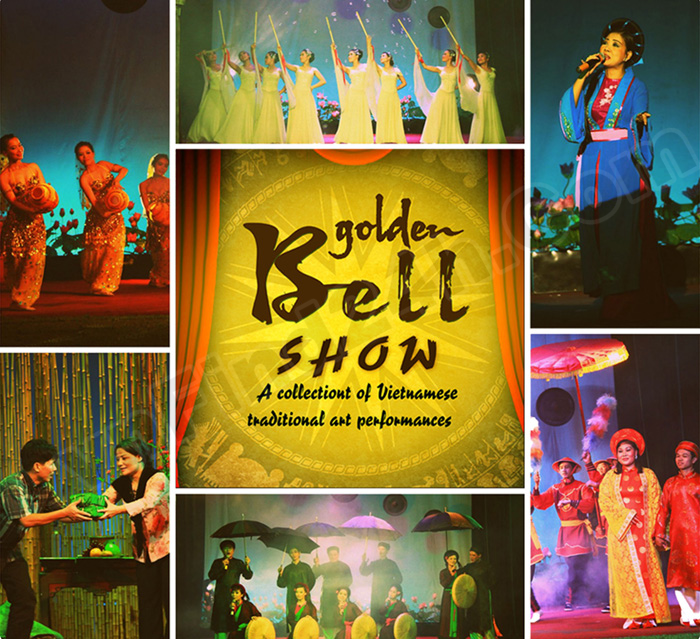
1. A Historic Journey:
The Golden Bell Theater's history can be traced back to the early 20th century when Vietnam was under French colonial rule. During this time, Hanoi witnessed a flourishing cultural scene, with theaters and entertainment venues becoming centers of social life and artistic expression.
The theater's construction commenced in 1927, driven by a group of visionary artists and intellectuals who sought to create a space that would celebrate Vietnamese cultural heritage and showcase the nation's talents. The process was not without its challenges, as it required immense dedication and community support. Finally, in 1932, the Golden Bell Theater opened its doors to the public, marking the beginning of a new era for the performing arts in Hanoi.
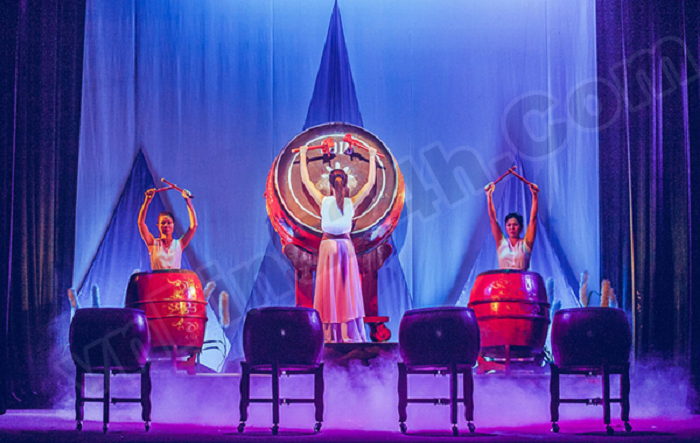
2. Architectural Splendor:
The Golden Bell Theater's architectural design blends traditional Vietnamese elements with French colonial influences, resulting in a unique and captivating façade that commands attention. The entrance is adorned with intricately carved wooden doors, reflecting the skill of Vietnamese craftsmen. The exterior is characterized by elegant archways and subtle European touches, harmoniously fusing two distinct cultural styles.
As visitors step inside, they are welcomed by a foyer embellished with traditional Vietnamese paintings and ornate decorations that harken back to a bygone era. The main auditorium features a striking ceiling adorned with golden bells, from which the theater derives its name. The acoustics have been carefully crafted to ensure that every note and every spoken word reaches every corner of the hall, enriching the audience's experience.

3. Cultural Extravaganza:
Over the years, the Golden Bell Theater has evolved into a cultural extravaganza, offering a diverse array of performances that celebrate Vietnam's artistic traditions. From traditional Vietnamese opera and folk dances to modern theatrical productions and contemporary music concerts, the theater showcases the full spectrum of Vietnam's performing arts.
Vietnamese opera, known as "hat tuong" or "hat cheo," is a cherished art form that dates back centuries. The theater has played a vital role in keeping this tradition alive, providing a platform for talented opera performers to captivate audiences with their melodious voices and compelling storytelling.
Furthermore, the Golden Bell Theater serves as a stage for showcasing traditional folk dances, each reflecting the unique culture and customs of different regions across Vietnam. Through these performances, visitors have the opportunity to immerse themselves in the country's rich tapestry of cultural diversity.
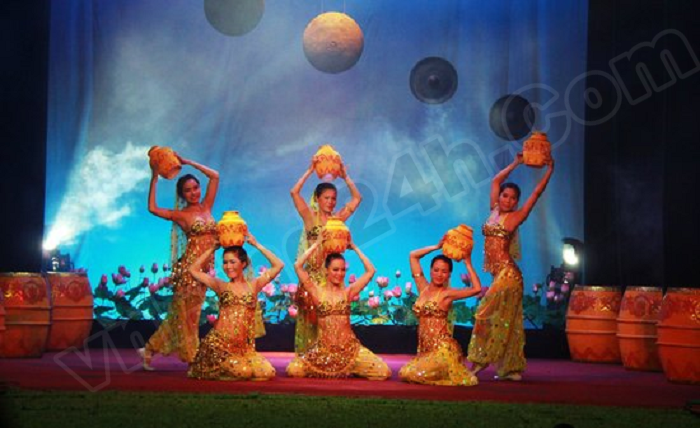
4. Fostering Artistic Talent:
Beyond its role as a stage for performances, the Golden Bell Theater has been instrumental in nurturing young artistic talent. The theater has established programs and workshops aimed at training the next generation of performers, ensuring that Vietnam's artistic heritage continues to thrive. By providing guidance and mentorship to aspiring actors, dancers, and musicians, the theater fosters a sense of pride and responsibility among the youth in preserving their cultural roots.
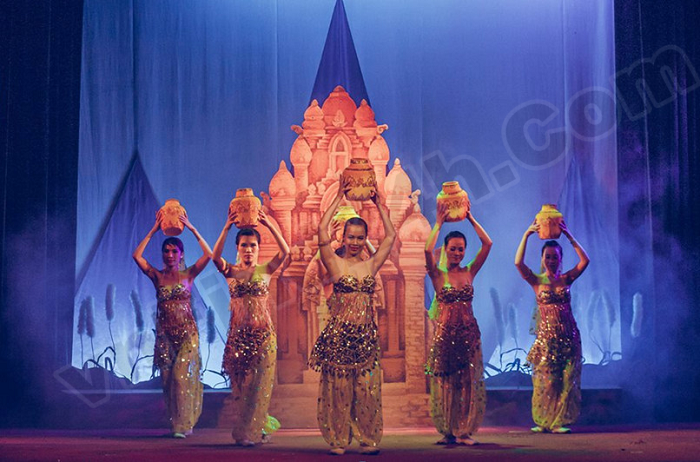
5. Embracing Modernity:
While dedicated to preserving tradition, the Golden Bell Theater has not shied away from embracing modernity and innovation. In recent years, the theater has incorporated contemporary elements into its repertoire, blending traditional performances with modern twists. This approach has helped attract younger audiences while maintaining the respect and admiration of those who hold tradition close to their hearts.
The theater has also leveraged technology to reach a wider audience, streaming performances online and engaging with global viewers. Through these efforts, the Golden Bell Theater has become a cultural ambassador, introducing Vietnamese performing arts to audiences around the world.
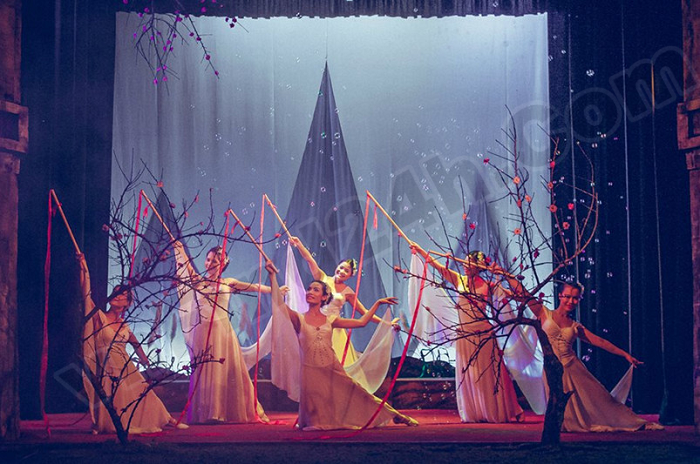
6. A Cultural Hub in Hanoi:
Beyond its artistic significance, the Golden Bell Theater serves as a cultural hub that fosters a sense of community and social cohesion. The theater's events bring people from all walks of life together, transcending barriers and promoting understanding among different cultures and backgrounds.
In Hanoi, the Golden Bell Theater holds a special place in the hearts of its residents. It is a place where families create cherished memories, where friends gather to share moments of joy, and where the collective history of Vietnam is brought to life on stage.
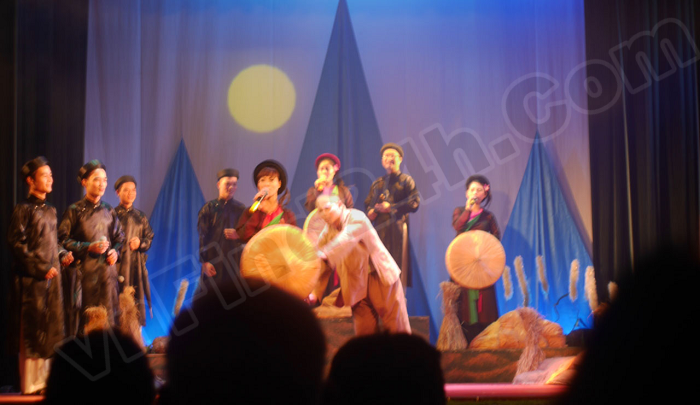
7. How to join to The Golden Bell Theater in Hanoi?
Experience the Magical Golden Bell Show at Hanoi's Prestigious Theater and Embark on a Musical Journey Across Vietnam's Enchanting Lands.
Tickets Range from 120,000vnd to 180,000vnd.
Showtime: 20.00-21.00 every Saturday.
The Golden Bell Theater in Hanoi stands as a symbol of Vietnam's unwavering commitment to preserving its cultural heritage and celebrating the performing arts. With its captivating architecture, diverse range of performances, and dedication to nurturing young talent, the theater continues to be a beacon of cultural richness and artistic excellence.
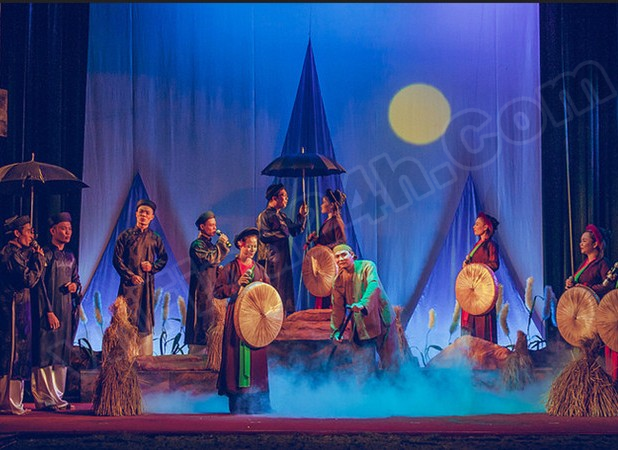
As visitors step into this historic venue, they are transported on a journey that intertwines the past and the present, the traditional and the modern. The Golden Bell Theater exemplifies the essence of Hanoi's soul, encapsulating the nation's spirit and artistic creativity.
With each performance that graces its stage, the Golden Bell Theater reaffirms its position as a treasured cultural gem, forever etched in the hearts of those who have experienced its magic. As the years pass, the theater's legacy will continue to shine brightly, inspiring generations to come and preserving Vietnam's cultural heritage for all time.
Show More













